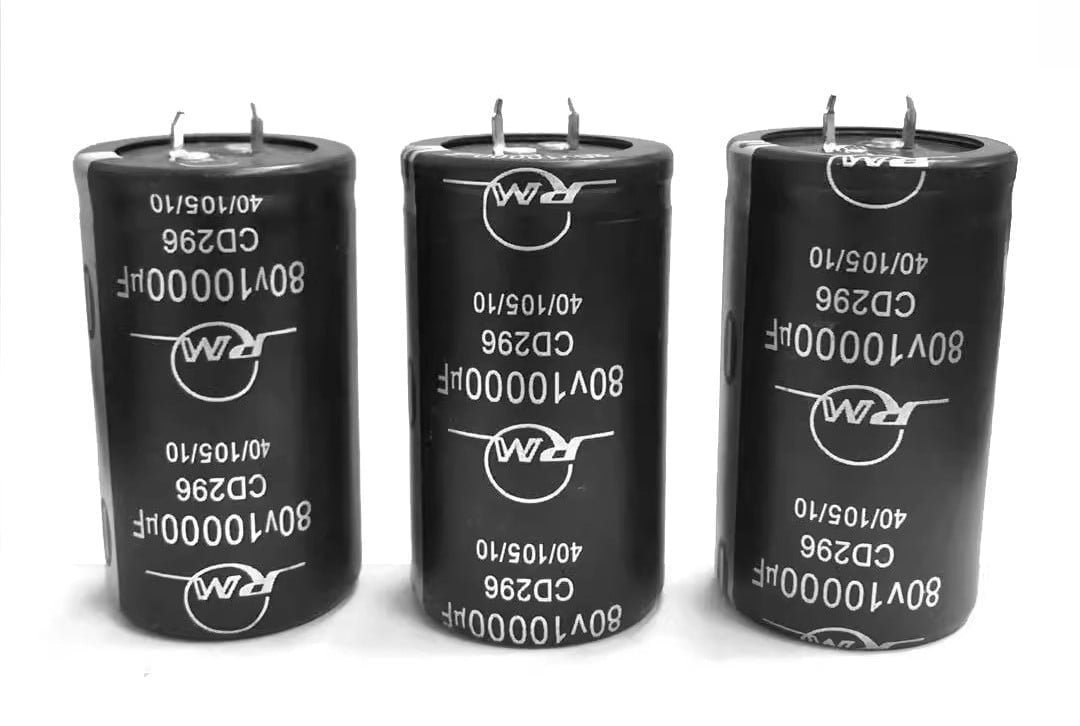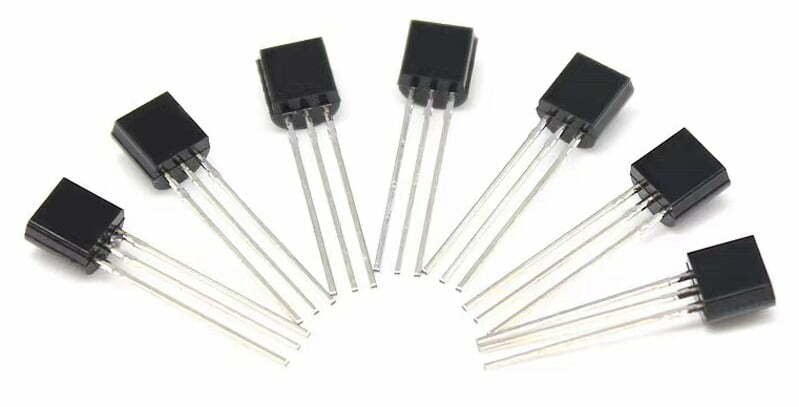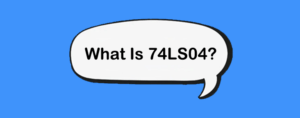As electronic devices become increasingly sophisticated and integrated into our daily lives, understanding the fundamental building blocks of these devices is essential. One of the key components in any electronic device is the printed circuit board (PCB), which houses and connects various electronic components. In this article, we will explore the most common circuit board components that play a crucial role in the functioning of electronic devices, their purpose, and how they work together.
Introduction to Printed Circuit Boards
A printed circuit board (PCB) is a thin board made from a laminated composite material, typically a non-conductive substrate with copper circuitry etched or printed onto it. These copper circuits, or signal traces, electrically connect and mechanically support the electronic components mounted on the board. PCBs are an essential part of modern electronics, serving as the foundation for various devices, such as smartphones, computers, and home appliances.

Common Circuit Board Components
To help you get started, let’s see about these 12 most common components found on circuit boards.
Resistors
Resistors are one of the most widely used circuit board components. Their primary function is to control the flow of electric current in a circuit by dissipating electric power as heat. Resistors come in various types and materials and are color-coded to indicate their resistance value. They are typically marked with the letter “R” on PCBs. To accurately determine resistance values, use a resistor color code calculator.

Capacitors
Capacitors are the second most common component found on PCBs. They temporarily store electric charge and release it when needed elsewhere in the circuit. Capacitors are often marked with the letter “C,” and their function is to collect opposite charges on two conductive layers separated by an an insulating material, such as a dielectric. Capacitors come in various types, including electrolytic, ceramic, and polymer capacitors. For a deeper dive into specific types, learn what a non-polarized capacitor is.

Inductors
Inductors, marked with the letter “L,” are passive components that store energy in the form of magnetic fields when current flows through them. They are typically coils of wire wound around a magnetic core and are used for filtering or blocking signals, such as interference in radio equipment, or in combination with capacitors to manipulate alternating current (AC) signals in switched-mode power supplies.

Diodes
Diodes, denoted by the letter “D,” are semiconductor devices that allow current to flow in one direction only. They have zero resistance in one direction and high resistance in the other, preventing current from flowing in the wrong direction and potentially causing damage. Light-emitting diodes (LEDs) are a popular type of diode used to emit light in various electronic devices. For a detailed look at a common example, read about the 1N4148 diode.

Transistors
Transistors, marked with the letter “Q,” are considered the fundamental building blocks of modern electronics. They function as amplifiers and electronic switches and come in several types, with bipolar transistors being the most common. Bipolar transistors are further categorized into NPN and PNP versions, each having three pins: base, collector, and emitter.

Integrated Circuits (ICs)
Integrated circuits (ICs), also known as microchips, are compact arrangements of electronic components on a single chip made from semiconductor material. They are used to perform various functions in electronic devices and are typically housed in a protective plastic casing with visible contacts or leads. ICs are marked with the letter “U” on PCBs.

Crystal Oscillators
Crystal oscillators, marked with the letters “X” or “Y,” are used to provide precise and stable timing elements in electronic circuits. They generate periodic electronic signals by physically oscillating a piezoelectric material, such as a quartz crystal. Crystal oscillators are commonly used in microcontrollers and quartz wristwatches due to their stability, economy, and small form factor.

Switches and Relays
Switches and relays are basic yet essential components in any PCB. A switch is a power button that controls the flow of current in a circuit by opening or closing the circuit. Switches come in various forms, such as slider, rotary, push button, and toggle switches. Relays, marked with the letter “K,” are electromagnetic switches operated by a solenoid and can function as switches or amplifiers for small to large currents.

Sensors
Sensors are devices that detect changes in environmental conditions and generate corresponding electrical signals sent to other components in the circuit. They can detect various stimuli, such as humidity, light, air quality, and motion.

Potentiometers, marked with the letters “POT” or “VR,” are variable resistors used to control voltage in a circuit. They come in rotary and linear forms and are used for fine-tuning electronic devices.

Transformers, marked with the letter “T,” transfer electrical energy from one circuit to another with an increase or decrease in voltage. They consist of a soft iron core with at least two coils of wire wound around it: the primary coil for the source circuit and the secondary coil for the receiving circuit. To understand how this crucial component works, learn more about a single-phase transformer.

Fuses
Fuses, marked with the letter “F,” protect electronic circuits by breaking the current flow when too much current flows through them. They are typically cylindrical in shape and can be made from glass or ceramic materials.

Identifying Circuit Board Components: Tips and Tricks
To understand the functionality of electronic devices, it is important to be able to identify the individual components that make up a PCB. These components can be broadly classified into two categories: electrical components and mechanical components.
Electrical Components
Electrical components are the primary parts of a PCB that rely on electrical energy. They are usually placed on the PCB using either Surface Mount Technology (SMT) or Through Hole Technology (THT), which are process technologies used in the design and configuration of PCBs. These components can be soldered directly to the PCB or connected using wires.
Mechanical Components
Mechanical components, on the other hand, use a mechanized process involving the type of metal used in their construction. They are typically made of aluminum or other conductive materials and are mounted on PCBs using various fastening methods.
To quickly identify PCB components, consider the following tips:
- Familiarize yourself with the general classifications of components (electrical and mechanical).
- Learn the designators (letters or symbols) used to mark components on PCB surfaces.
- Identify common components first, such as resistors, capacitors, and diodes.
- Look for markings on components, such as part numbers or manufacturer logos, to help identify more specialized components.
Conclusion
Understanding the various circuit board components and their functions is crucial for anyone working with electronic devices or looking to develop new products. By familiarizing yourself with these components, you can better comprehend how electronic devices function and troubleshoot issues when they arise. Remember that practice makes perfect, and with time, you will become more adept at identifying and working with circuit board components.





